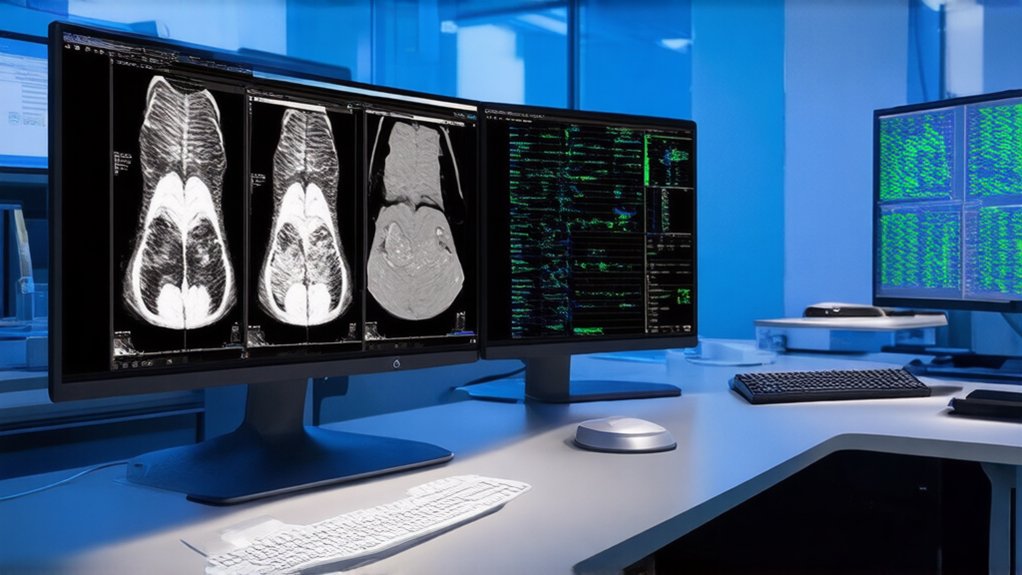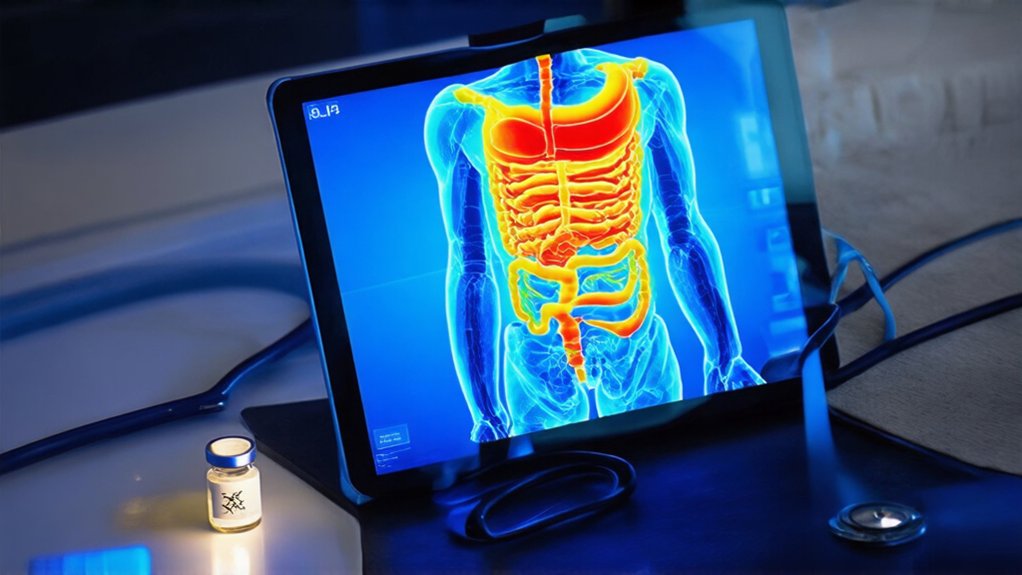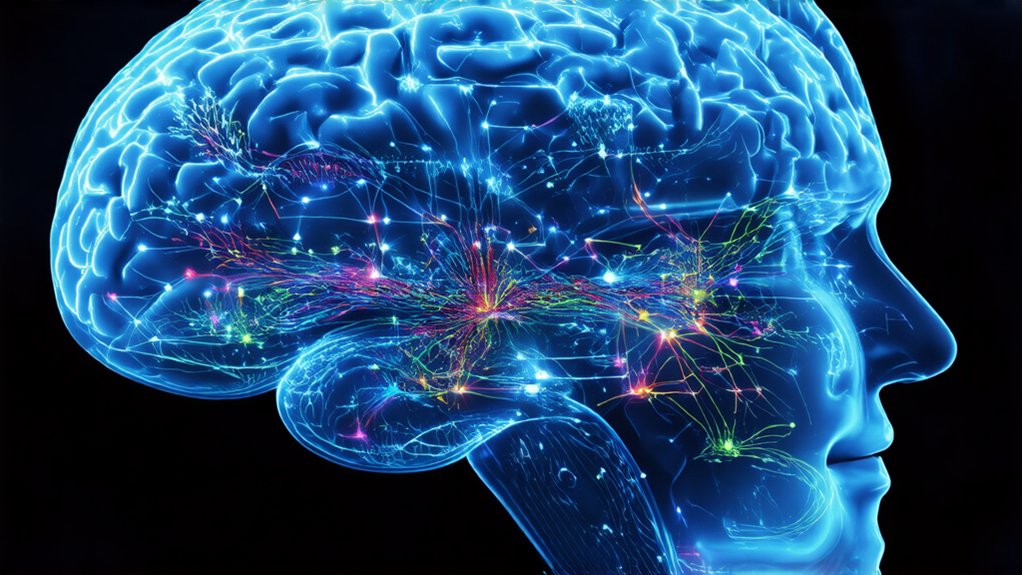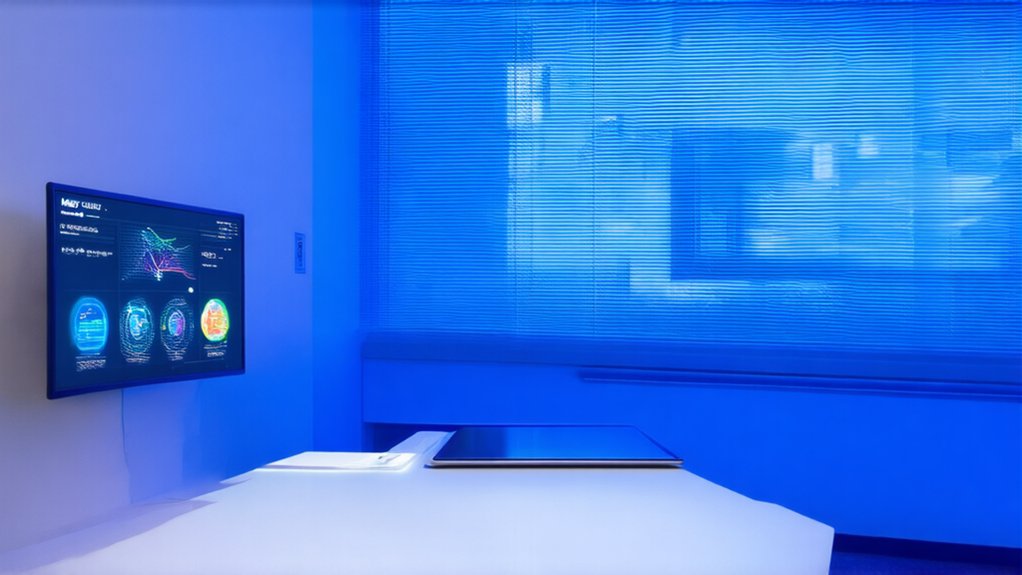While human radiologists have dominated breast cancer detection for years, AI is now crashing the party with better accuracy, and it’s not even breaking a sweat. These smart algorithms are spotting tumors that humans often miss, boasting sensitivity rates of 85-90% and specificity up to 91%. Take Google’s AI, for example—it outshone the average radiologist by 11.5% in one study, analyzing mammograms like a pro.
In a massive review of over 170,000 scans, AI hit 88.8% sensitivity solo, while radiologists lagged at 75.3%. When doctors teamed up with AI, boom, their accuracy jumped 9.5%. It’s almost embarrassing, really.
Multiple studies show AI isn’t just keeping up; it’s pulling ahead. A meta-analysis of 8 studies with over 120,000 patients revealed AI’s sensitivity at 0.85 versus radiologists’ 0.77, with similar specificity. AI slashes false positives by up to 5.7% in the US and cuts false negatives by 9.4%.
Multiple studies show AI pulling ahead: 85% sensitivity tops radiologists’ 77%, slashing false positives by 5.7% and negatives by 9.4%!
Sure, radiologists bring human intuition, but AI catches those sneaky patterns they overlook. And here’s the kicker: it could slash their workload by 88% in double-reading setups. The AI’s superior performance is attributed to its ensemble approach using three deep learning models. Who knew machines could be such efficient sidekicks?
Beyond mammograms, AI flexes in ultrasound and MRI. It outperforms traditional systems in spotting subtle signs, even beating ten board-certified radiologists in one ultrasound test. For MRI, it speeds up image analysis, making the process smoother.
Oh, and don’t forget deep learning—CNNs are the stars here, learning complex patterns to detect cancer up to 12 months earlier. Ensemble methods combine models for even better results. AI’s not perfect, but it’s revolutionizing the game, leaving doctors to wonder: who’s really in charge now?
This tech isn’t just helpful; it’s a game-changer, folks, and it’s here to stay. However, for the best results, experts recommend a hybrid approach that combines AI with human radiologists to ensure optimal accuracy and patient safety.




